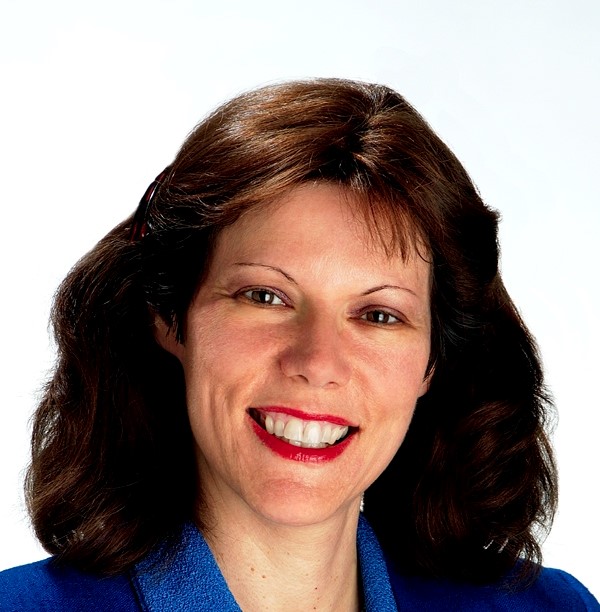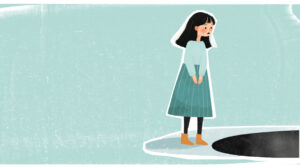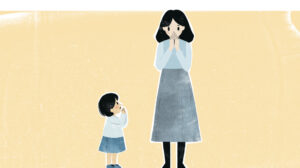The Secret in My House

For many years, two sisters never revealed to anyone that their mother was … different. That she never cooked or cleaned, not even for Shabbos. That verbal and physical abuse were everyday events. Decades later, they finally discovered that their mother was suffering from an agonizing mental illness

If you were to meet Maya* — a competent, cheerful, put-together woman — you would never guess that buried within her is a painful family secret that she has kept from almost every single person she knows. A prominent businesswoman, many of her customers and friends look up to her as the ideal mother, wife, and spiritual advisor. She regularly welcomes guests into her spotless home and her children are a constant source of PTA-conference nachas.
Only six people in the world know of her carefully guarded family secret — her father, sister, brother-in-law, one neighbor, her husband (who didn’t know until after they were married), and now me, a Mishpacha writer to whom she has agreed to tell her story. That’s it. Not any other family members, not her best friend of many years, and not her seminary girlfriends with whom she established a bond for life. None of them know that Maya was raised in a turbulent, fractured home by a mother with a mental illness called borderline personality disorder (BPD).
Living in Fear
From the outside, it isn’t immediately obvious that Maya’s mother, Claire,* suffers from borderline personality disorder. She doesn’t dress peculiarly or say socially inappropriate things at simchahs. Yet, as Maya remembers from her childhood, Claire was almost always upset and would be angered by the smallest things. She would shout insults at her two daughters and husband, and then moments later, schmooze with her friends as if nothing had happened. She attempted to control every aspect of her daughters’ lives and would have outbursts if anything didn’t go exactly her way.
What Maya didn’t realize at the time was that her mother was exhibiting classic signs of BDP, the main feature of which is a pervasive pattern of instability in interpersonal relationships, self-image, and emotions. Another common symptom, which affects Claire, is a frantic effort to avoid real or imagined abandonment. The irony is that these fears cause her to act in a difficult manner, which in turn makes it hard for people to maintain a close relationship. Consequently, Claire’s worst fears become warranted.
“Because people with BPD have a hard time integrating a person’s good and bad traits, their current opinion of someone is often based on their last interaction with them,” explain Paul T. Mason and Randi Kreger, coauthors of Stop Walking on Eggshells: Taking Your Life Back When Someone You Care About Has Borderline Personality Disorder. To understand what it feels like to have BPD, they offer a telling metaphor: “Individuals with BPD are like people with third-degree burns over 90 percent of their body. Lacking emotional skin, they feel agony at the slightest touch or movement.” (For more on BPD, see sidebar.)
A Traumatic Childhood
“When I was really young, I thought everybody’s mother was like mine,” Maya remembers. “Then I visited a friend’s home and saw the way she interacted with her mother. I couldn’t get over it. I thought, Aren’t you scared of her? Soon it became apparent to me that my mother was different than all the other mothers.”
Oops! We could not locate your form.













